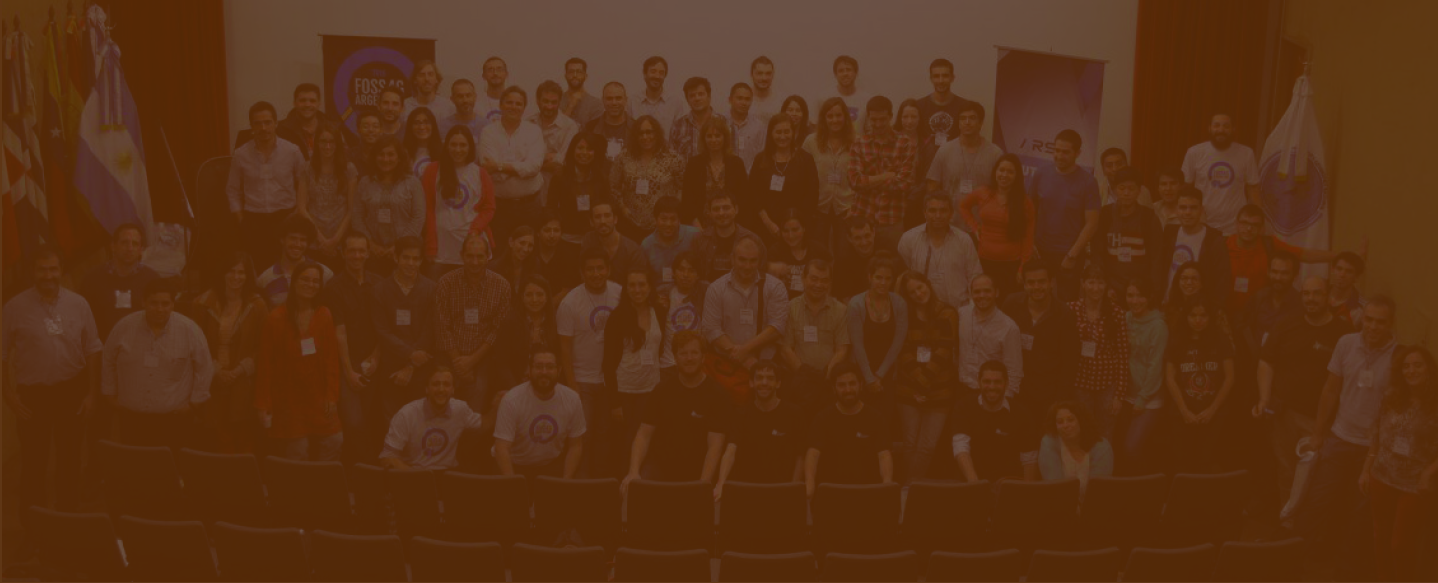The WAPLUGIN Workshop
The WAPLUGIN is a tool created on the open-source software QGIS for the computation of water accounting and crop water productivity indicators based on WaPOR data, the open-access remote sensing database from FAO. The plugin creates a bridge between WaPOR information and QGIS and offers some tools to process and calculate the indicators, such as the overall consumed ratio, the depleted fraction, the overall field application ratio, among others. Most of these water accounting and productivity indicators reflect the impact that agriculture has on water resources. Hence, their analysis will help identify specific issues that can be addressed by policymakers, large scheme irrigation managers, river basin authorities, water professionals, among others.
It is possible to access the WAPLUGIN as any other QGIS plugin. Moreover, it has two main features: the "WaPOR Catalog" and the "Indicator Calculator". On the one hand, the first feature has the capacity to bring data from WaPOR to QGIS, providing direct access to the full catalogue, and the selection will depend on the user specifications (date, location, parameter, resolution). The selected map data will then appear on the canvas as a raster layer. On the other hand, the plugin's second feature offers the possibility of calculating some of the essential water accounting and productivity indicators based on WaPOR data. As in the first feature, the user has to specify the primary data like date, location, resolution and units. Depending on the indicator, the input data can also include information provided by the user, apart from the WaPOR data. Finally, the resulting indicator map will be added as a raster layer in the QGIS canvas, facilitating access to WaPOR data for QGIS users and providing good compatibility with the QGIS tools for further processing.
The WAPLUGIN is an innovative tool, due to it facilitating water accounting and productivity analysis, by bringing together two powerful open-source platforms for the water and remote sensing community. The plugin reduces the time consuming and enables the easy access and processing of WaPOR data, making this less time consuming for GIS analysts. Furthermore, the indicators will support users by generating maps and reports for further assessment and evaluation, identifying the places of high and low irrigation efficiency and the crop and water productivity behaviour.
Don't forget to register before we run out of tickets!

